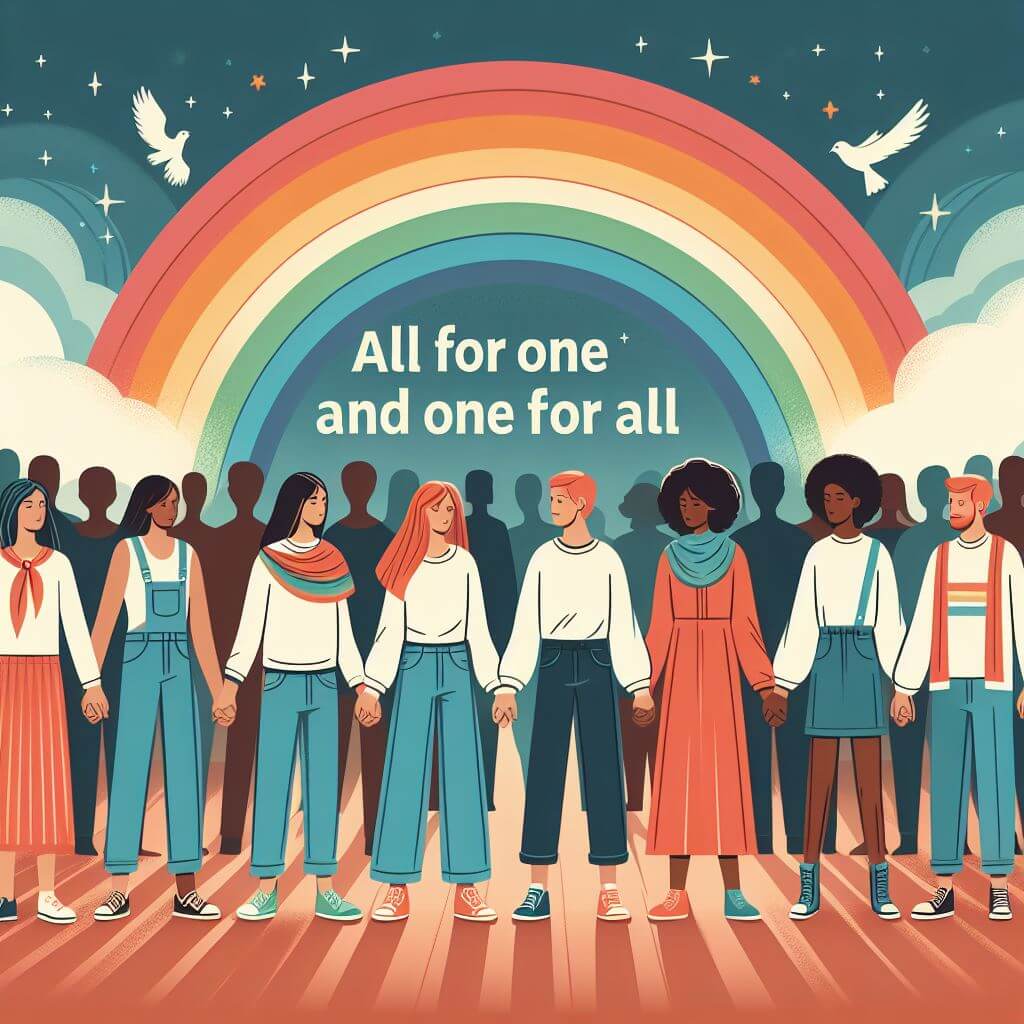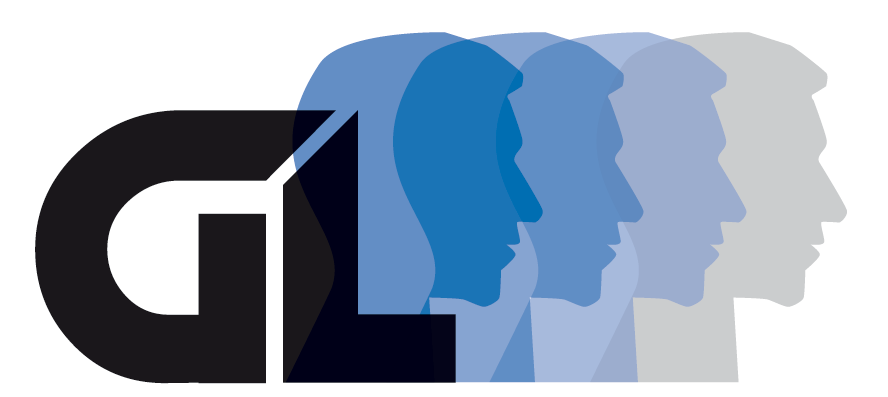Art and culture emerge as powerful mediums in promoting awareness and fostering progressive change. Throughout history, they have been used as tools of expression, serving as reflections of societal values as well as mechanisms to challenge and reshape them.
Art offers a profound and unfiltered reflection of the times, capturing the essence of society’s values, conflicts, and aspirations. It wields the power to confront us with the stark realities of our world while also inspiring us to imagine what could be. The realm of gender and sexual equality is no exception, with art serving as a poignant and influential mirror.
In contemporary society, the question of how gender and sexuality are represented in artistic media is more salient than ever. Artists from across the spectrum of gender identities and sexual orientations are using their work to express both the struggles and the triumphs inherent to their experiences. By rendering these subjects in visual, auditory, and performative art forms, they create a dialogue that allows society to confront its own biases and misconceptions.
 Artists have long used their platforms to give voice to those on the margins of society, and the LGBTQ+ community is a prominent example of this. Whether through poignant photography that captures the intimate moments of queer lives, bold paintings that challenge the gender binary, or powerful installations that reveal the impact of systemic discrimination, artists play a key role in shaping social narratives. Through their creative expressions, they can disrupt ingrained patterns of thinking and provoke audiences to engage with the complexities of gender and sexual identity.
Artists have long used their platforms to give voice to those on the margins of society, and the LGBTQ+ community is a prominent example of this. Whether through poignant photography that captures the intimate moments of queer lives, bold paintings that challenge the gender binary, or powerful installations that reveal the impact of systemic discrimination, artists play a key role in shaping social narratives. Through their creative expressions, they can disrupt ingrained patterns of thinking and provoke audiences to engage with the complexities of gender and sexual identity.
Art’s reflective power extends beyond simply presenting images and stories. It invites participation, offering viewers a chance to reflect on their positions within the social fabric. A painting or a film depicting the joys and sorrows of a transgender individual’s experience, for example, might prompt viewers to consider their roles in either supporting or hindering inclusivity and acceptance. This participatory aspect of art is what turns passive observation into active engagement, paving the way for change in attitudes and, ultimately, in societal standards.
The significance of art in reflecting the human condition means that as society evolves, so too does the nature of the art produced. As acceptance and understanding of gender and sexual diversity grow, the art world witnesses a shift from narratives of suffering and tragedy to those of celebration and pride. Art thus not only holds a mirror to society but also becomes part of the mechanism through which societal change is envisioned and enacted.
The reflective power of art allows for a multiplicity of perspectives. In a single gallery, one might encounter a vast array of interpretations around gender and sexuality, each challenging the viewer to expand their understanding of these concepts. From the raw edges of street art to the polished floors of prestigious museums, the conversation around equality is enriched and diversified through art’s myriad forms.
Culture as an Educational Tool
The threads of culture are woven into the very fabric of our social existence, influencing how we perceive the world and interact within it. When we consider culture as an educational tool, especially in the context of gender and sexual equality, we unlock its potential to alter deeply ingrained beliefs and behaviors that have persisted through the ages.
Culture offers a vast landscape for learning and is not limited to formal educational settings. From community theater to pop music, from televised dramas to social media campaigns, the expanse of cultural education is immense. By embedding narratives of gender diversity and sexual equality into cultural products and experiences, societies begin to learn about these issues in environments that are familiar and engaging. These narratives can often introduce complex ideas to people who may never step into a lecture hall or attend a panel discussion on these topics but will attend a movie screening or watch a television series.
For example, a television show that thoughtfully addresses non-binary gender identities or same-sex relationships can reach millions of homes, prompting conversations that might never have taken place otherwise. The portrayal of such characters and storylines normalizes these experiences, reducing the ‘otherness’ often felt towards gender and sexual minorities. Through empathy and identification with relatable characters, audiences can begin to understand and appreciate lives and experiences different from their own.
Culture in the form of literature — stories, novels, poems — provides yet another avenue for education. When readers immerse themselves in the lives of characters from diverse gender and sexual backgrounds, the empathy that literature can foster is a potent force for social understanding. It allows readers to grapple with issues relating to gender and sexuality through the eyes of another, thus stirring compassion and a deeper understanding of the myriad human experiences that populate our world.
In educational settings, incorporating cultural works that explore gender and sexual equality into the curriculum can play a transformative role. Schools and universities that highlight these topics through various cultural mediums not only educate students but also provide a safer space for gender and sexual minority students to feel seen and validated. This integration can lead to greater acceptance and inclusivity within the educational environment, creating a ripple effect as students carry these lessons into their future professional and personal lives.
Museums and exhibitions often serve as cultural nexus points, bringing together people from all walks of life to engage with and learn from artistic representations of gender and sexuality. These spaces can facilitate a form of public pedagogy where visitors come to learn not only about art but also about the diverse human stories behind the artworks. Through this engagement, museumgoers are introduced to different perspectives and can leave with a broadened understanding of the world, challenging preconceived notions they may have held.
Let us not forget the power of music festivals, concerts, and performances. These cultural events, often characterized by their celebratory and inclusive atmospheres, have the potential to break down barriers. When artists use these platforms to express solidarity with gender and sexual minorities or to celebrate the spectrum of human identity, they create a shared experience that can unite individuals in support of equality. These events often transcend entertainment, morphing into platforms for advocacy and collective learning.
Impact of Artistic Advocacy
One of the most compelling aspects of artistic advocacy is its ability to humanize the abstract. Through personal stories, visceral imagery, and evocative performances, artists convey the emotional and lived realities of individuals affected by inequality. This personal touch can often reach people in a way that mere facts and figures cannot, creating a sense of connection that can spur empathy and understanding.
For instance, consider a photographer who documents the lives of transgender individuals, or a playwright who crafts narratives around the challenges faced by those with non-heteronormative sexual orientations. These artistic endeavors deliver more than entertainment or aesthetic pleasure; they serve to educate audiences and influence societal attitudes, potentially affecting how people think, speak, and act regarding issues of gender and sexual equality.
Artistic advocacy also has a significant impact on visibility. When art that deals with these issues is displayed in public spaces, supported by influential cultural institutions, or shared widely on digital platforms, it elevates the conversation to a larger audience. It has the potential to reach policymakers, educators, and individuals who are in positions to enact change, thus bridging the gap between marginalized voices and the mechanisms of power.
When artists unite around a common cause, their collective impact can be momentous. Collaborations between artists, such as in anthologies, group exhibits, or collaborative performances, create amplified echoes of their messages across society. These coalitions can lead to sustained conversations and movements that maintain public focus on gender and sexual equality, making it harder for such issues to be ignored or dismissed.
The effectiveness of artistic advocacy is also closely tied to the societal role of the artist – often perceived as visionaries, or at the very least, individuals who possess a heightened sensitivity towards human experiences and societal currents. Their endorsements and the positions they take can influence the tastes and values of society, prompting others to follow suit. When prominent artists lend their voice to the cause of equality, their platforms can mobilize public opinion and generate substantial support for legislative or social reforms.
In modern society, social media has enhanced the reach of artistic advocacy, allowing for messages of equality to be disseminated swiftly and widely. Artistic campaigns for gender and sexual equality often go viral, catalyzing international support and engagement. Such widespread exposure can apply pressure to entities resistant to change, and can even influence the global agenda. By making equality a trending topic, artists and their advocates can create an urgency and a call to action that resonates across the globe.
Artistic advocacy provides a double-edged sword against both apathy and hostility. Through creating art that is both beautiful and thought-provoking, artists can draw in audiences—including those who may be indifferent or even opposed to gender and sexual equality—by first appealing to their aesthetic sensibilities and then confronting them with messages that challenge their prejudices.
